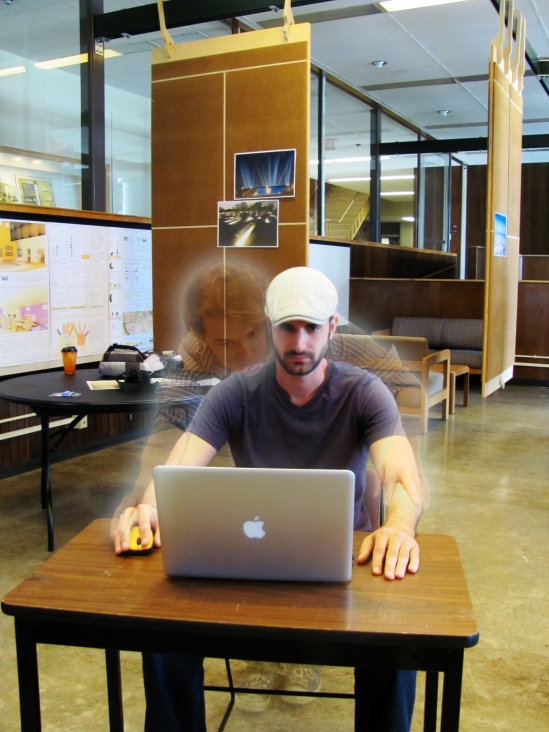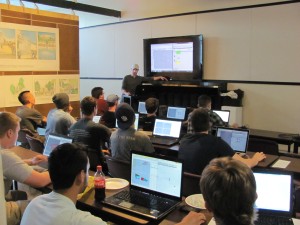Hello everyone, We’re back! The first meeting of siu_ARC was today, and if you couldn’t make it today be sure to make it to the next one on October 20th. The turn out was great today… for a while, then everyone seemed to just kinda leave even after being informed of free food? We are attempting to allow for a mini-compitition that will be continuous throughout the semester with a prize at the end for the winner/s. Today we went over basic functions in Rhinoceros such as moving, scaling, lofting, network of curves, and much more.
Also Here is a quick preview of what we might be covering in Photoshop:

Just as a side note, check out the cool time-lapse that senoirs Patrick Losure, John Blout, Ryan Henry, and Jose Martinez created for the senior’s base model:
Site Model Base from Patrick on Vimeo.

